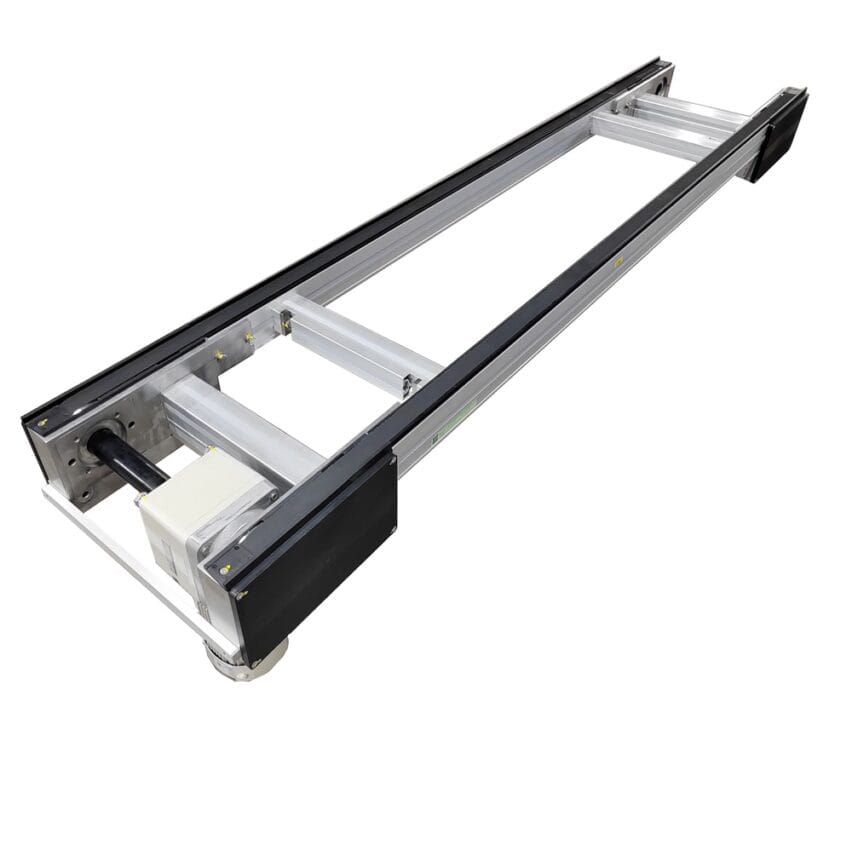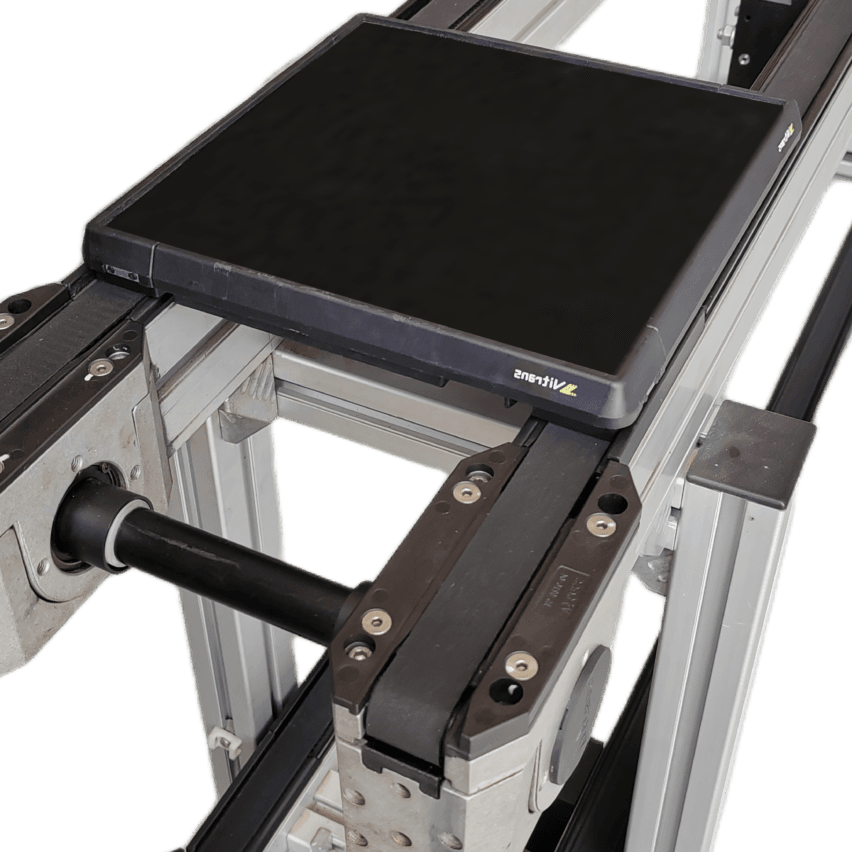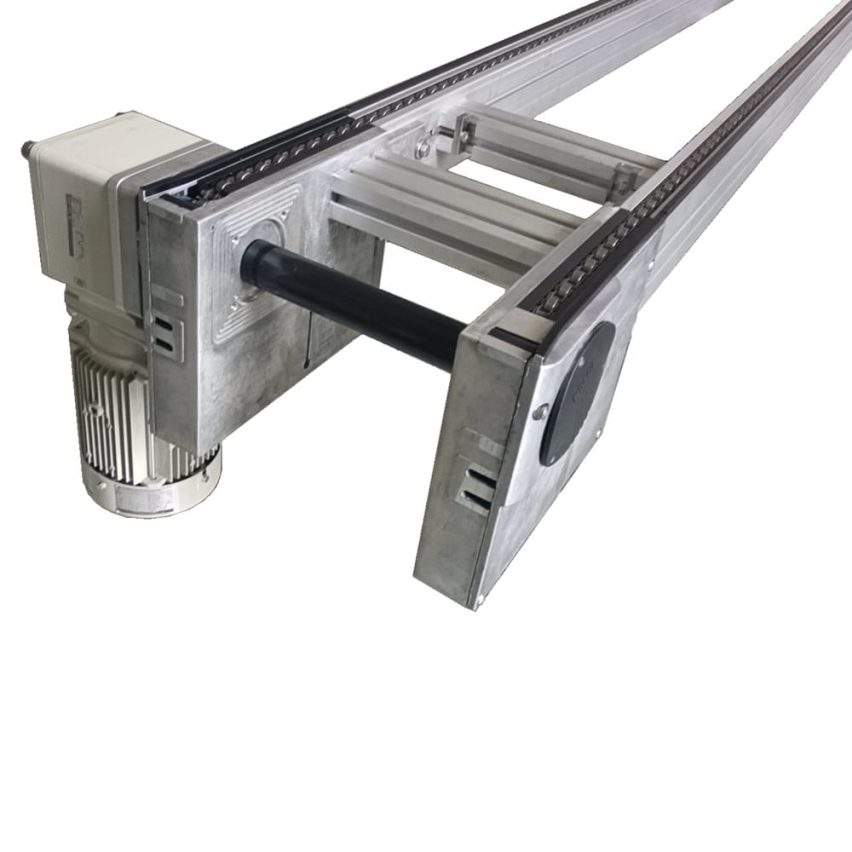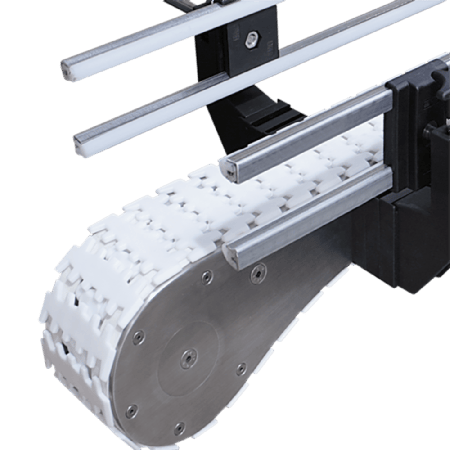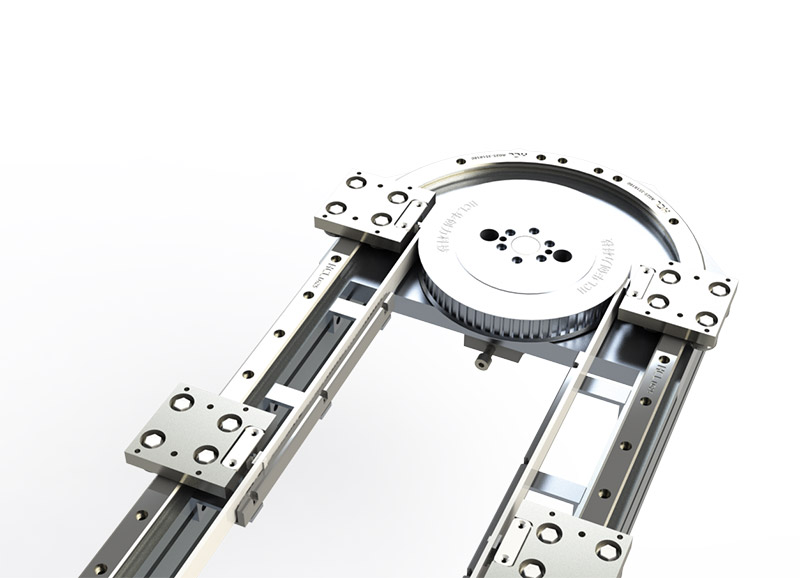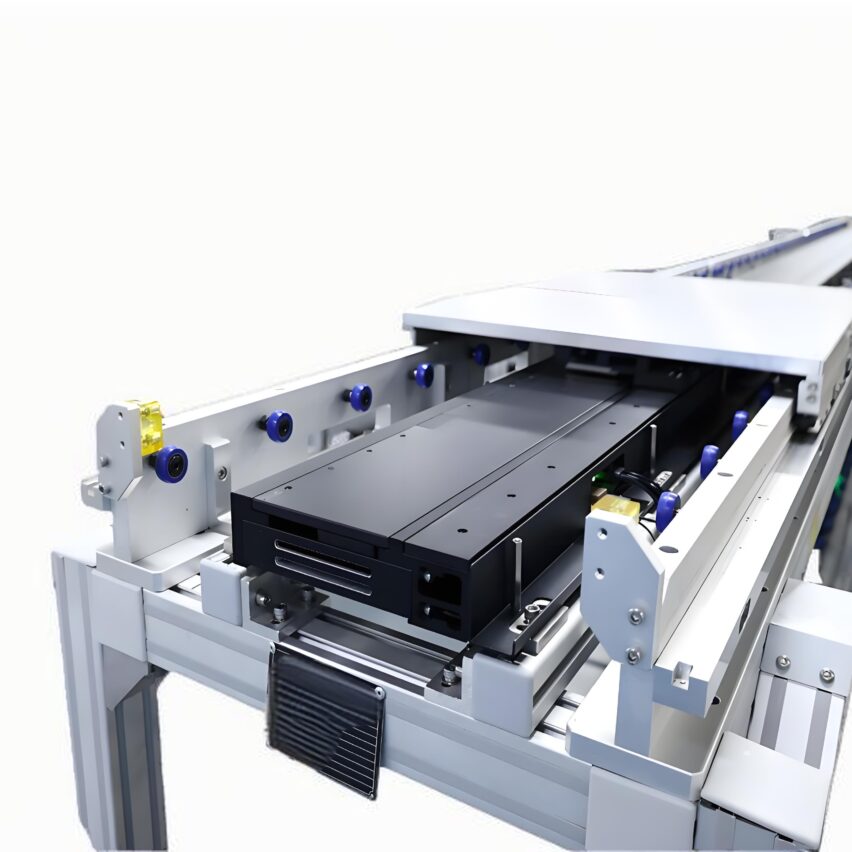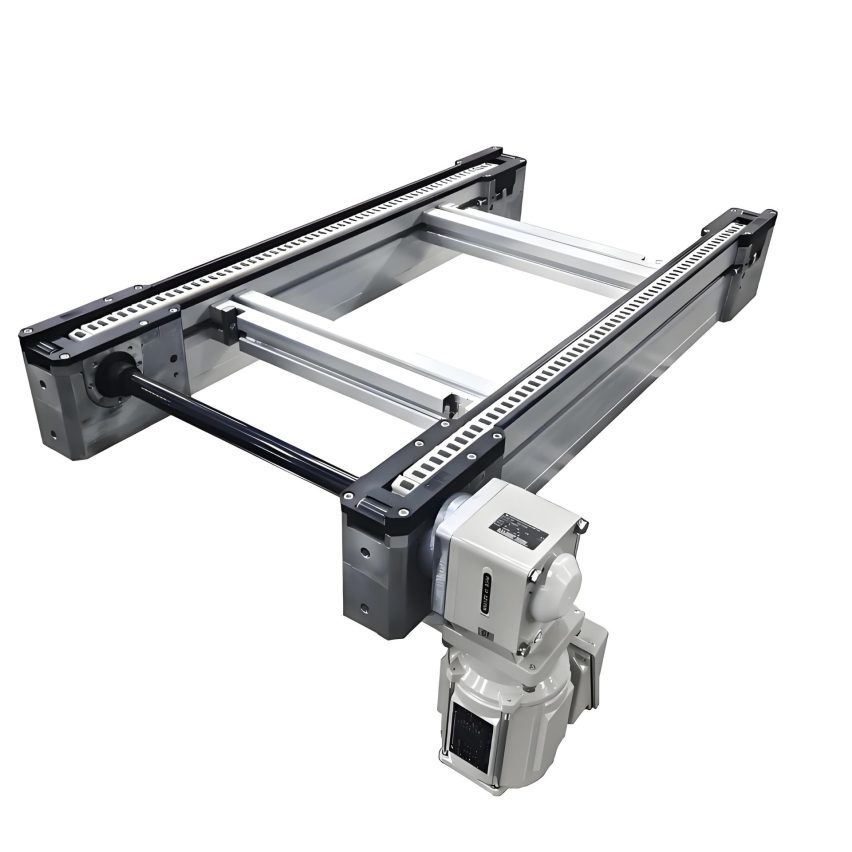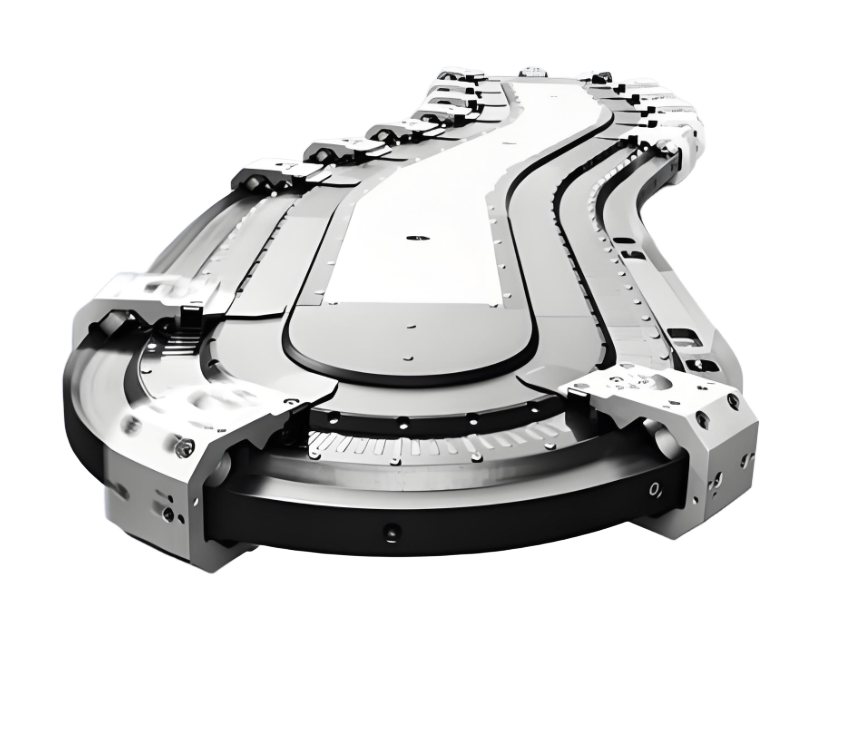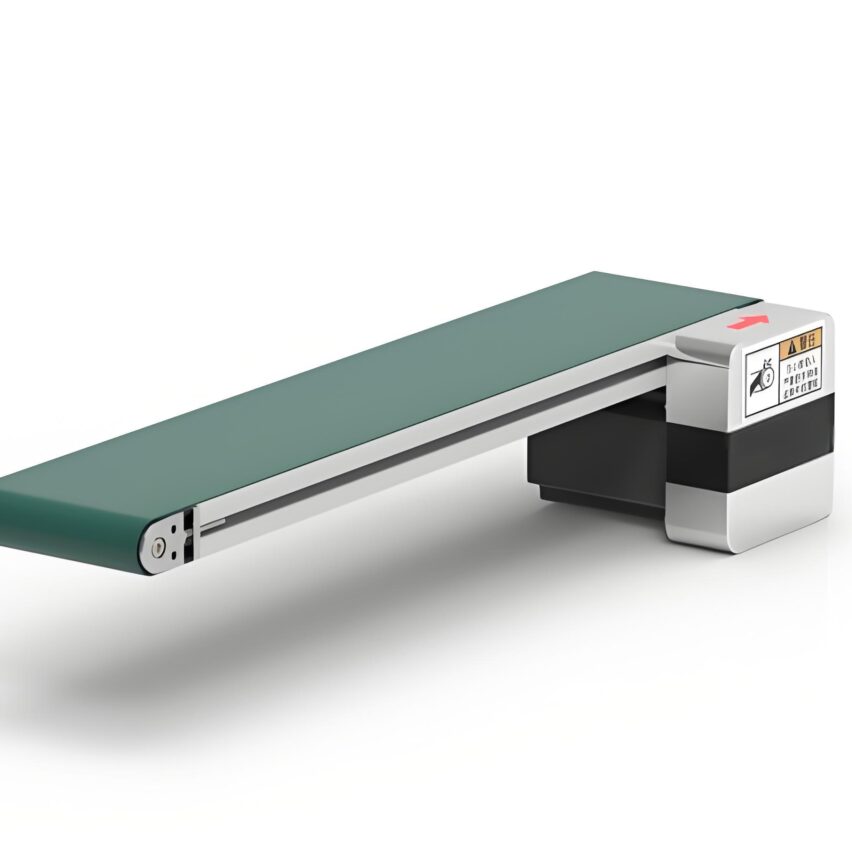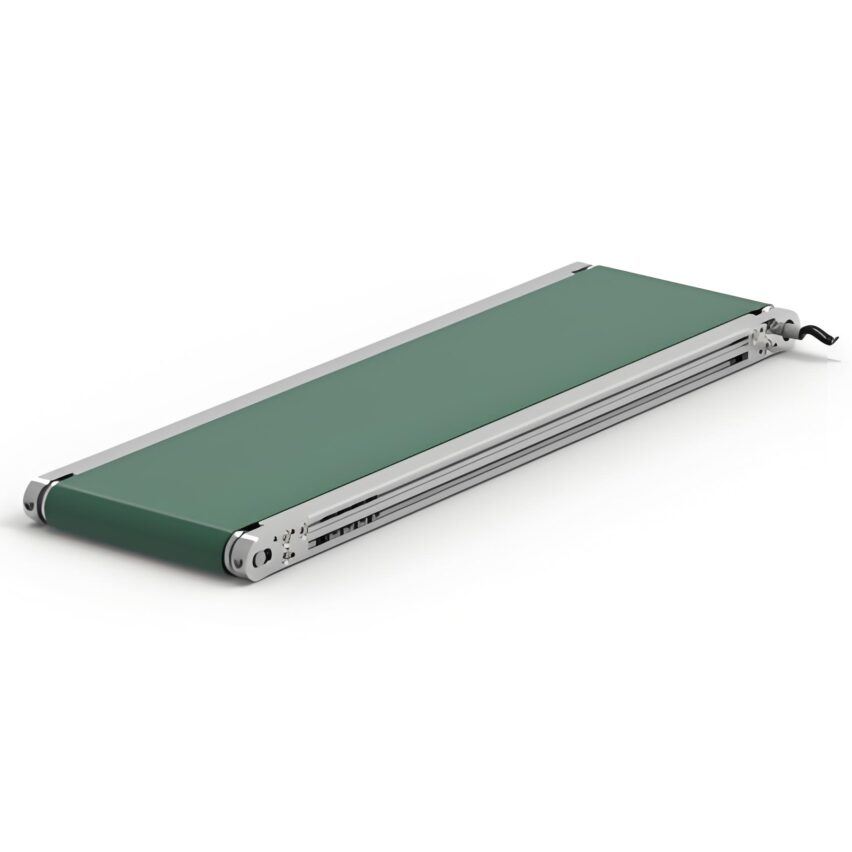Mechanisms and structural innovations in the growth rate of multiplier chains
The core value of the Speed Chain is its uniqueDifferential design: Speed superposition is achieved by the difference in diameters between the rollers (diameter D) and the rollers (diameter d). When the chain is running at speed V₁, the actual speed of the workpiece plate can be up toV₁×(1+D/d)The result is a 2-3 times increase in speed. This mechanical innovation reconfigures the temporal logic of the production line:
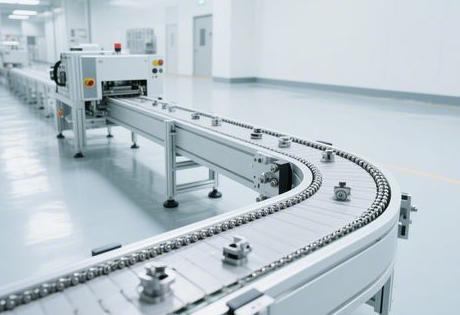
- Dynamic accumulation capacityThe workpiece plate is accurately suspended by the blocker (error ≤±0.5mm) and automatically flows after operation, realising the flexible beat of "continuous conveying + fixed-point operation";
- Triple structure evolution::
- jacketed(Simple manufacturing)
- inserted(earliest commercially available structures)
- inlaid(Optimal resistance to deformation under heavy load);
- Environmental Adaptation BreakthroughThe 600℃ high temperature resistant alloy steel chain solves the problem of conveying in the heat treatment workshop, and the self-lubricating coating solution overcomes the pain point of maintenance in the dusty environment.
personal experience: The physical speed increase of the multiplier chain appears to be simple, but it is achieved through theMechanical structure instead of digital control降低了智能化门槛——这正是其在中小制造企业普及率高达68%的关键(中国smart manufacturing白皮书,2024)。
Technology differentiation and scenario adaptation of four types of multiplier chains
I. Fixed multiplier chain: the king of low-cost stability
- Speed characteristics: Constant 2-3 times speed increase (chain 1m/s → workpiece 3m/s)
- cutting edge: Simple structure, failure rate <0.5 times/thousand hours
- restrict sth. within set boundaries: Inability to adapt to beat adjustments
- typical scenario: Microwave oven assembly line (12,000 units of stable output per day)
II. Dual-speed doubling chain: precision control of beat switching
- dual mode design::
- low-speed mode(0.5-1m/s): Precision component assembly
- High Speed Mode(2-3m/s): Fast transfer across workstations
- Innovative applications: In the engine line modification of an automotive company, through theTop lift transplanter articulated two-speed zoneSite utilisation increased by 40%
III. Variable Multiplier Chain: Nerve Endings for Flexible Manufacturing
- technological breakthrough: servo motors + tiltable guides to realise the1-4 times infinitely variable speed
- Data EnablementA 3C factory in Suzhou accessed MES and dynamically adjusted the speed of the production line to increase the peak capacity by 22%.
- Achilles' heel: Higher cost of 300% than fixed chain, payback period >3 years
IV. Accumulated doubling chain: an engineering example of the art of buffering
- core value: The chain continues to run when the workpiece is suspended, eliminating the traditional "start-stop loss" of the line body.
- Electronics factory practice: Inspection station set up 4 stacking positions, yield rate traceability efficiency increased 35%
Three Hidden Cost Pitfalls of Multiplier Chain Production Lines
Despite the transparency of equipment parameters, the true cost is often hidden in the details:
| cost item | Fixed Speed Chain | Variable Speed Chain | risk level |
|---|---|---|---|
| initial investment | ¥800,000/20 metres | ¥2.5 million/20 metres | ★★☆☆ |
| energy costs | 3.2kW-h/h | 18kW-h/h | ★★★★★ |
| Maintaining the black hole | Roller annual replacement rate 8% | Servo Module Failure Rate 15% | ★★★★ |
| Modification compatibility | Mechanical expansion only | Open API interface | ★☆☆ |
Key findings: After a home appliance company selected the variable speed chain, although the production capacity is increased, but due to the lack of pre-set energy management system, the annual electricity bill surged ¥ 530,000 - confirming that theTechnological Advancement ≠ EconomyThe Iron Law of.
Technology Convergence Practices in the Automotive Electronics Industry
Case 1: New energy battery PACK line (Ningde Times model)
- Magnetic Levitation Vibration Resistant Tray: Solve core transport vibration overruns (<0.1G)
- Conductive wheel + static dissipative chain: Static voltage control <50V (national standard requirement <100V)
- efficacy: Cell damage rate reduced from 0.07% to 0.002%
Case 2: High-end car lamp assembly line (Bosch Suzhou plant)
- Dual Speed Chain + Visual Positioning::
- Low speed section: 0.8m/s precision lens mounted
- High speed section: 3m/s to complete the aging test
- RFID Quality Binding: 300+ parameters per headlight stored in blockchain
Innovation: The plant will multiply the chainUpgrading from a conveyor to a data collection terminal-Generates 2.7TB of process data per year from a single tooling board, driving dynamic optimisation of recipes.
The Three Challenges and Paths to Breakthrough in Multiplier Chain Technology
-
Vibration Resistance Problems of Precision Electronic Components
- Status quo: chip solder joint breakage rate rises sharply at acceleration >0.5G
- Breakthrough: composite workpiece (carbon fibre + nylon) vibration damping 42%
-
Risk of breakage of long lineaments (>40 metres)
- Pain point: single-segment stress concentration leads to a rupture cycle of <2 years
- Programme: 12m segmented module + intelligent tensioning system (tension fluctuation <5%)
-
Multi-species mixed flow dynamic scheduling
- Paradox: Automotive line takes 1 minute to switch models, traditional PLC response delayed by 12 seconds
- Breaking the ice: edge computing nodes enable 500ms-level policy switching
Exclusive Prejudice: The focus of competition for speed chains will shift from "mechanical growth" to "mechanical growth" in 2026."Data Carrying Capacity"--The ability to handle a stream of 10,000 work boards/second of state in real time will be the watershed that distinguishes a device from an intelligent system.
Readers' core questions answered
Q1: What is the essential difference between a speed multiplier chain and a traditional belt line?
A1: At the heart ofFunctional positioning and load capacity::
- doubled speed chain: Precise positioning (±0.5mm), heavy duty (up to 4000kg), accumulation function - suitable for assembly scenarios;
- leather belt line: High speed (>20m/s), light load (<100kg), low cost - suitable for sorting scenarios.
Q2: Why are lubricants banned from food lines? Alternatives?
A2: Risk of lubricant contamination and bacterial growth:
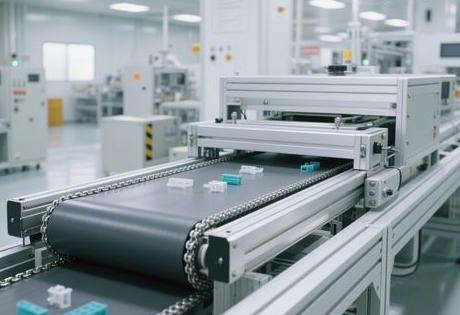
- Innovation programme::
- POM self-lubricating chain (coefficient of friction 0.15-0.2)
- Ceramic coated rollers (life > 50,000 hours)
Q3: Do I need to replace the whole line for smart upgrade?
A3: No full replacement is required! Three-stage gradual path:
- IoT: Installation of pressure/vibration sensors (modification cost <¥80,000)
- digitisation: Deployment of edge computing gateways (investment ¥150,000-300,000)
- intellectualise: AI Dynamic Beat System (ROI > 40%)
fig. add the vitality of data points (e.g. the future of Hong Kong): After the phased transformation of Jiu Mu Sanitary Ware, the multiplier chain downtime dropped by 73%, verifying that theThe Economics of Progressive Smart Transformation.

